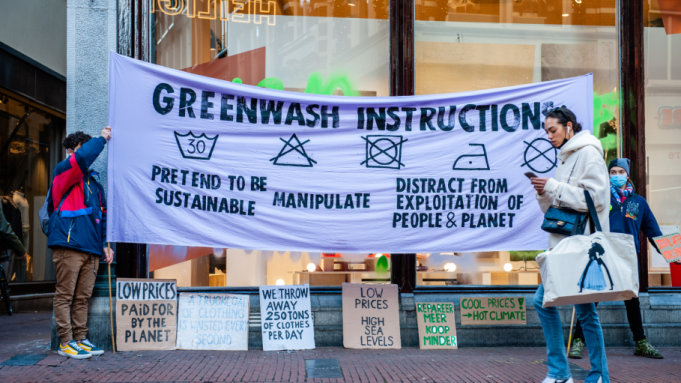
The impact-scoring platform, better known as the MSI, has been at the center of rulings that deemed it unfit for purpose. Over the summer, the Norwegian Consumer Authority (NCA) declared that Norrøna was “breaking the law” when it touted some of its products as better for the planet based on MSI data. (It warned H&M against doing the same as well.) In September, the Netherlands Authority for Consumers and Markets (ACM) told Decathlon and H&M to amend or withdraw from their clothing and websites their respective “Ecodesign” and “Conscious Choice” designations. The criteria for inclusion was ill-defined and any assertions insufficiently substantiated, the agency said, making it difficult for consumers to have confidence in the claims’ veracity. In lieu of sanctions, the brands each made donations of 400,000 euros ($388,000) and 500,000 euros ($485,000) to different sustainable fashion charities.
One problem, the Dutch and Norwegian bodies said in their 11-page document, is that the use of global average data does not “constitute documentation” for a product-specific claim.
